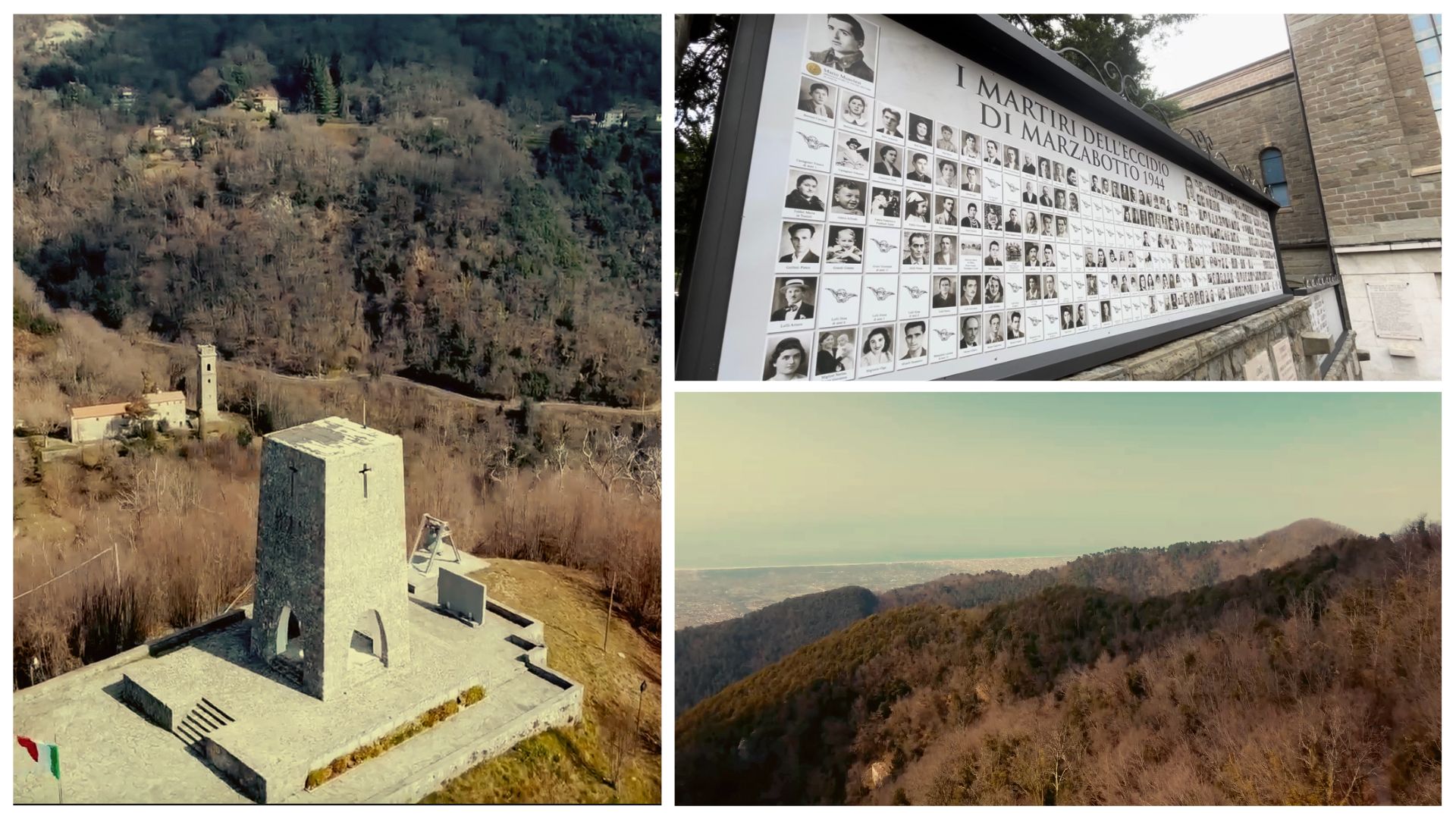A new Liberation Route Europe 180-kilometer hiking trail, the Cammino Sant’Anna di Stazzema – Monte Sole, aims to connect two of Italy’s most significant World War II memorial sites: Sant’Anna di Stazzema and Monte Sole. A feasibility study, initiated by LRE Italy and funded by Tuscany and Emilia-Romagna, was recently completed.
The project was unveiled last week in Florence by Tuscany’s Regional Councillor Alessandra Nardini and Emilia-Romagna’s Regional Councillor Mauro Felicori, alongside LRE Italy President Raffaella Marianiand Director Carlo Puddu. This initiative is an important step towards combining history, nature, and slow tourism, offering an immersive experience in both remembrance and outdoor exploration.
The trail is set to be launched in 2025, commemorating the 80th anniversary of Italy’s Liberation and the conclusion of World War II. This ambitious project brings together various LRE Italy members, including the ‘Parco della Pace di Sant’Anna di Stazzema’ (Peace Park of Sant’Anna di Stazzema) and the ‘Comitato per le Onoranze ai Caduti di Marzabotto’ (Committee for the Honoring of the Fallen of Marzabotto).
Both Sant’Anna di Stazzema and Monte Sole were sites of devastating massacres during WWII. In 1944, over 1100 civilians were executed by the same German SS unit, the 16th SS Division, with the support of fascist groups. Along the route, hikers will also pass through other locations that suffered similar wartime atrocities, including Bagni di Lucca, Piteglio, Grizzana, and Savignano, all of which witnessed horrific events during the summer of 1944. These areas, positioned along the historic Gothic Line, were sites of partisan activity, Nazi reprisals, Allied bombings, and multinational military presence.
The proposed route includes 11 stages, beginning in Pietrasanta and passing through several significant towns: Sant’Anna di Stazzema, Camaiore, Fiano, Borgo a Mozzano, Bagni di Lucca, and Vico Pancellorum. It then traverses the Pistoia Apennines, covering areas such as San Marcello Pistoiese-Piteglio, Sambuca Pistoiese, and Pracchia, before entering the Emilia-Romagna region via Porretta Terme. The final stages take visitors through Riola, Grizzana Morandi, Monte Sole, Marzabotto, and Monzuno.
Designed to be accessible for most hikers, the trail will feature accommodations and services at each stage, enhancing the journey with comfort while preserving the solemnity of these historical locations. Ultimately, this trail stands as a powerful reminder of the past while promoting sustainable tourism and a deeper connection to Italy’s rich heritage.
